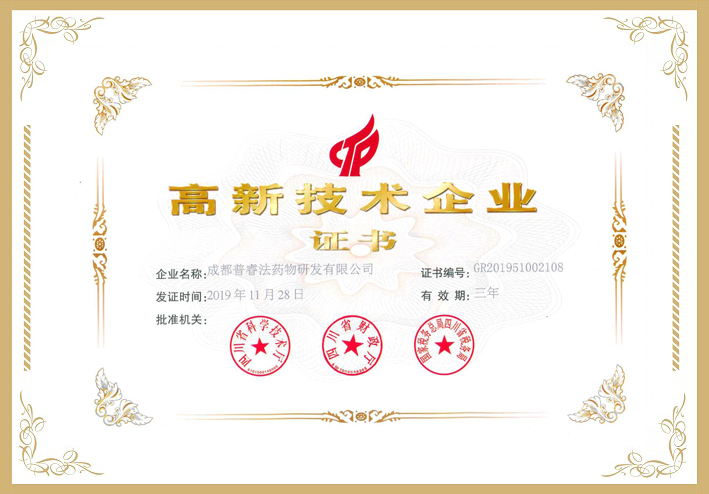在线咨询
联系电话:
销售:
400-829-7929(7*24小时)
028-
82633860
028-
82633397
028-82633165
技术服务和产品定制:
028-82633987
在线服务:
沈帅  文静
文静 
贺丹丹 


文献信息
Effects of spray-, oven-, and freeze drying on the physicochemical properties of poorly aqueous-soluble xanthone encapsulated by coacervation: A comparative study
AbstractThis study aims to compare the effect of different drying techniques (oven-, spray-, and freeze drying) on xanthone, a poorly aqueous-soluble bioactive compound, encapsulated by coacervation using gelatin and gum Arabic. Free-flowing spherical shape powders were produced except for freeze drying that resulted in a stratified cell-like structure. Fourier transform infrared spectroscopy confirmed no interaction between xanthone and wall material. Among the drying techniques, spray dried resulted in the lowest yield and encapsulation efficiency (EE) but the highest improvement (ninefold) in xanthone aqueous solubility from 2.6 µg/mL to 22.32 ± 5.99 µg/mL. Freeze drying resulted in the highest encapsulation yield (75.4%) and EE (68.2%). Besides the solubilizing effect of wall material, the drying technique demonstrates a significant effect (p < 0.05) on xanthone’s aqueous solubility. In summary, this study provides insights into the influence of drying techniques on the physicochemical properties of xanthone coacervates, which has potential usage in food and pharmaceutical industries.
… Materials and methods. Materials. Xanthone (97% purity) was obtained from Biopurify phytochemicals Ltd. (Chengdu, China). Tween 80, gelatin (type A) from porcine skin and gum Arabic were from Sigma-Aldrich (Missouri, USA) …























